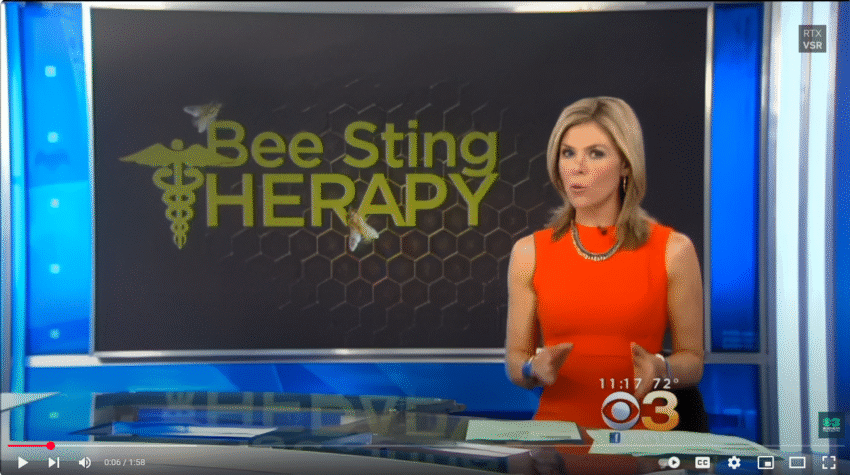Bee sting therapy—also known as apitherapy—is an alternative treatment that uses bee venom to address various health conditions. It’s definitely a buzz-worthy topic (pun intended 😄), but let’s break it down into what’s real, what’s promising, and what to be cautious about.
🐝 What Is Bee Sting Therapy?
It involves intentionally stinging the skin with live bees or injecting purified bee venom to stimulate healing responses in the body. The venom contains compounds like melittin, apamin, and adolapin, which are believed to have anti-inflammatory and pain-relieving properties.
🧠 Claimed Health Benefits (With Some Research Backing)
- Rheumatoid Arthritis (RA):
- Some studies suggest bee venom may reduce inflammation and pain in joints.
- Melittin is a strong anti-inflammatory agent.
- Multiple Sclerosis (MS):
- Some people report improved energy and reduced muscle spasticity.
- Scientific evidence is limited and mixed.
- Chronic Pain Conditions:
- May help with fibromyalgia or neuropathic pain by influencing the body’s pain signaling.
- Skin Conditions:
- Bee venom is sometimes used in skin creams to treat eczema, psoriasis, and acne (though mostly cosmetic).
⚠️ Risks & Side Effects
- Allergic Reactions: Bee venom can trigger life-threatening anaphylaxis in sensitive individuals.
- Pain, swelling, and redness at the site.
- Infection risk if not done properly.
⚠️ Do NOT try this without medical supervision, especially if you have a history of allergies.
✅ What Experts Say
- Some promise, especially for inflammation-related disorders.
- More large-scale clinical trials are needed.
- Should be viewed as complementary, not a replacement for proven medical treatments.
Want me to help write a short article or infographic on this? Or are you thinking of trying it yourself (or for someone else)?
